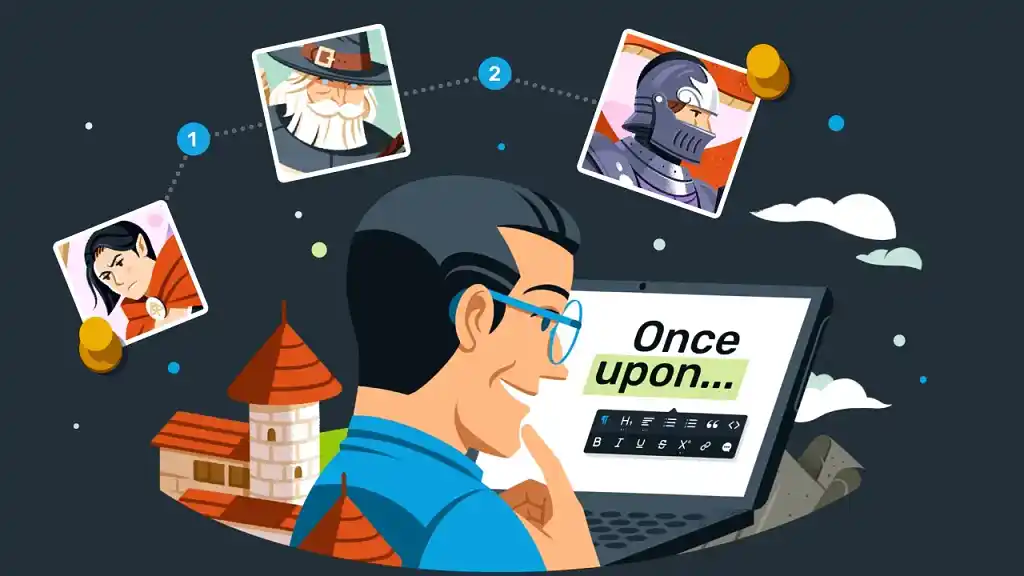i have four dogs they are so amazing and they can be very mean and they are not nice but one and her name is raven she is a chow chow.
Find the perfect editor for your next book
Over 1 million authors trust the professionals on Reedsy. Come meet them.

You must sign up or log in to submit a comment.
<removed by user>
Reply
I have few words for this.
Reply
Great story :D
Reply
That's nice :D
Reply